Are you looking to improve the conversion rates at your website? Getting more visitors to fill out your contact form, sign up for your email newsletter, or click on that “buy now” button? Rather than get aggressive with popup windows and too good to be believed offers, a better approach is to understand what makes your site visitors “tick.” By understanding their motivations, desires, and mind set, you can help them get what they need while improving your own bottom line at the same time.
For 10 psychological hacks that will increase your conversions, read on!
What is a conversion?
A conversion is defined as “The point at which a recipient of a marketing message performs a desired action.” These “desired actions” can consist of things like clicking on a link, signing up for store discounts, or picking up the phone. Essentially, conversions are about getting users to take a next step and moving them further down your sales funnel.
You’ve (hopefully) set up conversion tracking for your website in Google Analytics, but maybe you’re not receiving the traction you had hoped for––so, what can you do to increase the chances that people will convert on your website? This is where having some knowledge of psychology can come in handy.
Humans, (you know: you, me, that guy over there), are overwhelmed with choices and options, so we often rely on unconscious shortcuts or signals to help us make decisions. By understanding some of these signals, you can encourage prospects to move further down the sales funnel and hopefully add them to your list of customers.
Let’s break down some different ways to push customers towards that “next step”. Obviously, these tactics can be used for good or evil…so use them for good!
Tactic #1: Loss Aversion
What is it? Loss Aversion is “a cognitive bias that describes why, for individuals, the pain of losing is psychologically twice as powerful as the pleasure of gaining.”
As a rule, we don’t like to suffer loss. While this is healthy to an extent, this fear of loss also prevents us from taking risks that have the potential to benefit us in the end. Simply put, it feels better not to drip ketchup on your favorite t-shirt than to have to go out and buy a replacement.
How to Use It
Ease this fear of loss in potential customers using:
- Money-back guarantees: Most people will never take you up on this, but reducing that fear of risk and loss is powerful.
- Free trials: offering a limited time for the person to use the product so they can experience the value without fear of loss.
- Positioning statements: Research shows that people are much more likely to buy when not buying will cause pain vs. when buying will bring pleasure. I.e., “if you don’t insulate your home you’ll pay $1,000 a year in heating bills” works better than “if you insulate your home you’ll save $1,000 a year in heating bills.”
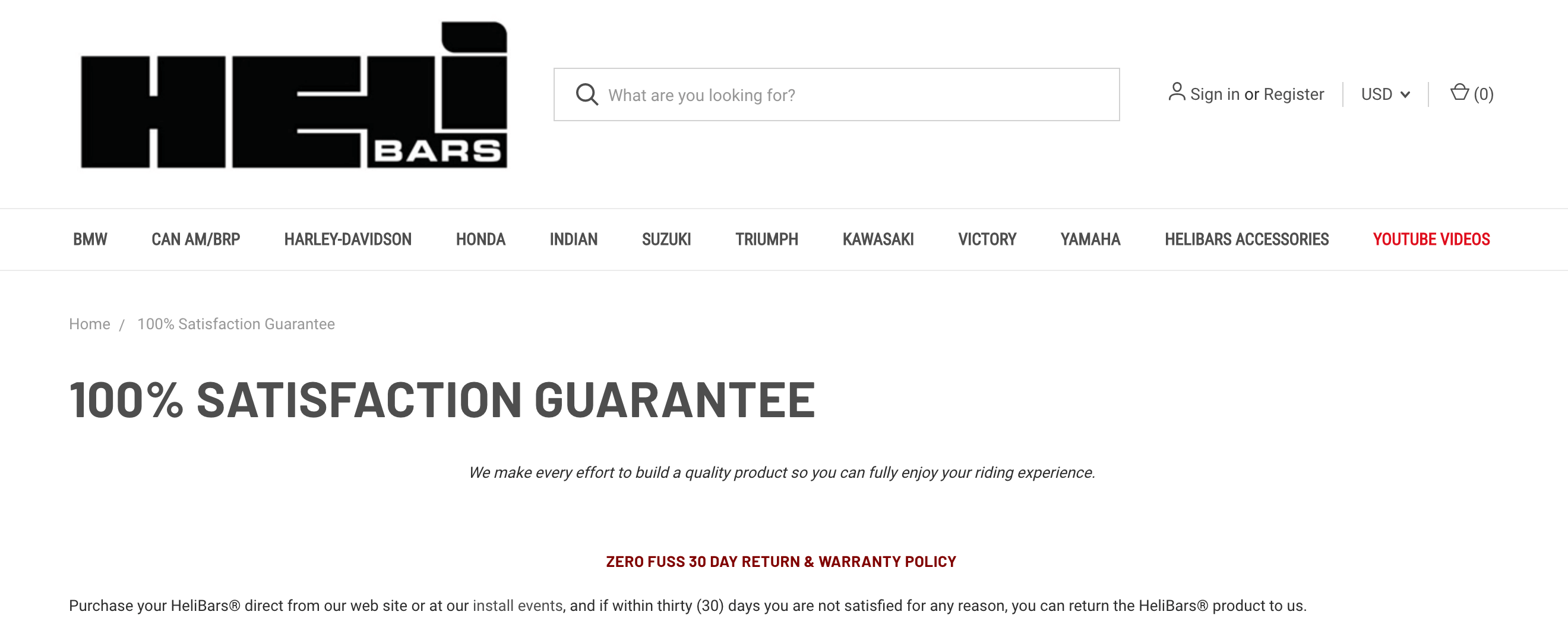
Tactic #2: Social Proof
What is it? Looking to the actions of others to help us understand what we should do ourselves.
How to Use It
- Testimonials: Include full names, photos, and video as appropriate of happy customers explaining why they chose you and the benefits they’ve received.

- Reviews: Especially powerful on e-com sites where customers can leave reviews of products, and how they avoided a loss using said product.
- Comments on blog posts: These work well on thought leadership blogs and show that people are following and engaged with your content.
- Proof in numbers: Display the number of customers you’ve helped thus far (this is obviously only successful if you’ve built a significant customer base, and may be less effective for small, local businesses).
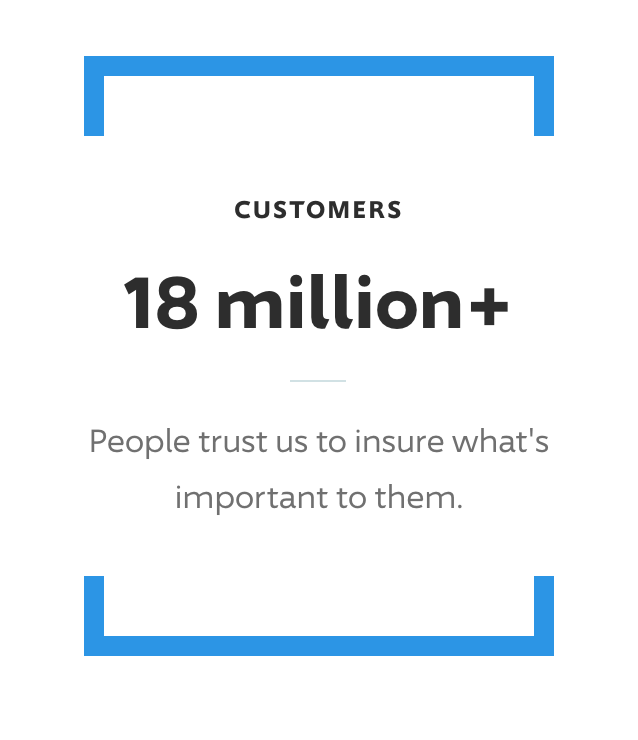
Tactic #3: Reciprocity
What is it? “In social psychology, reciprocity is a social norm of responding to a positive action with another positive action.” We often feel obligated to return a favor, even if we’re told it’s free or complimentary. We still have some good left in us after all!
How to Use It
- Offer something first: A free trial size of a product, for example.
- “Try before you buy”: Offer an incentive to try out a product risk free for a certain amount of time. If the customer decides to keep the product, they’ll of course be charged after their trial period.
- Free downloads/lead magnets: While even a small cheat sheet can increase subscriptions for your email newsletter, the more valuable the offer, the more likely someone is to feel that they should use your products or services now or down the road.

Tactic #4: Authority
What is it? Even in this day and age, we believe people or organizations that have some authority, real or perceived.
How to Use It
- Badges: Look to get badges from chambers of commerce, certifying organizations, BBB, etc. on your site. (Obviously only use ones that you’ve earned and don’t link off to the other sites…instead, just have the icons on your own site.)
- Testimonials from influencers: If there is someone in your industry who carries a lot of clout, having them tell site visitors how awesome you are can lead more people to trust you.
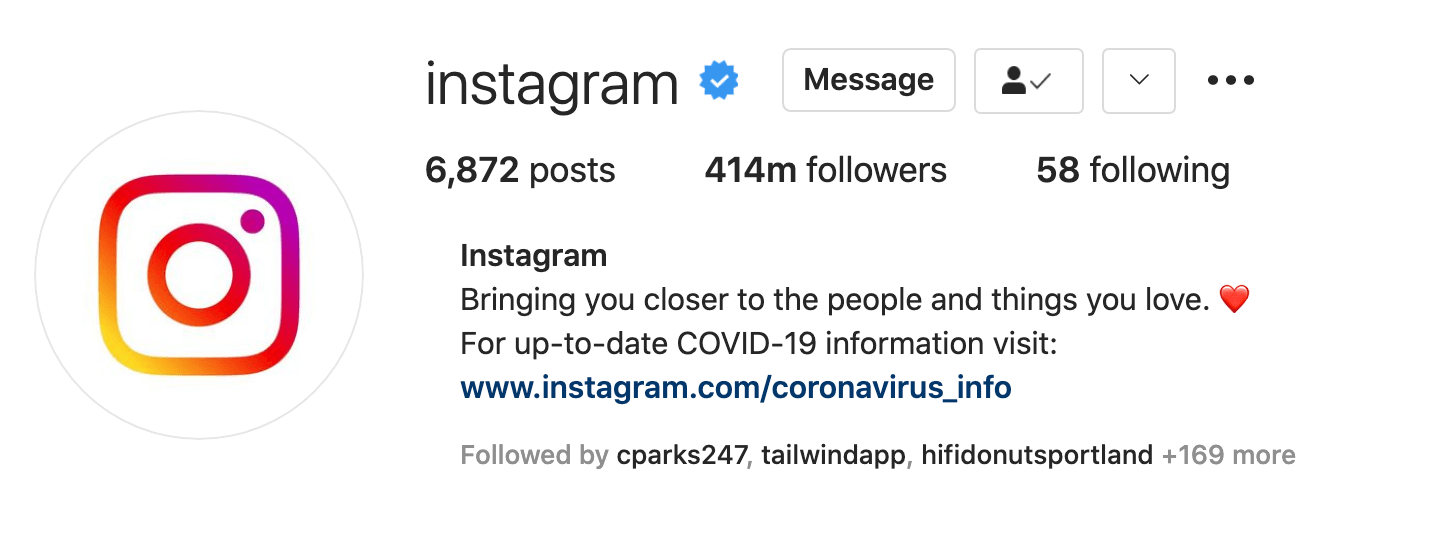
Tactic #5: Scarcity
What is it? The idea that the perceived value of something goes up when it’s limited.
How to Use It
- Promote the limited nature of products or services: Some sites may say things like “only 4 left in stock, order now!” Or “23 other people are looking at this property.”
- Limit the time to make a decision:. A webinar may have unlimited seats (or you may only be able to have 100 people on at a time), but you can promote the scarcity of time left to register.
- Sale price countdowns: “Only two more days to get 50% off!”
- Seasonal offers: “Summer blowout sale”
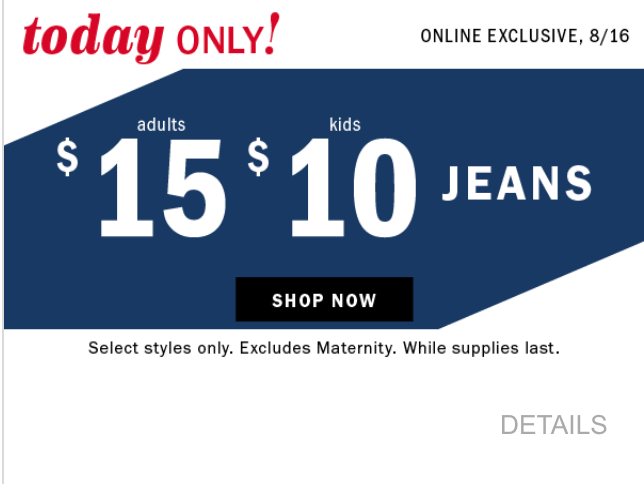
Tactic #6: Paradox of Choice
What is it? When you offer too many options it actually overwhelms your prospect and rather than making the “wrong” choice they choose nothing at all.
How to Use It
- Reduce the number of options: Remember that every navigation item, every link, every signup, every category, product, service, etc., is a choice. Try to keep your navigation to 6 primary items or less. Minimize the number of links to only what’s important.
- Show less: Remember the rule of threes: it’s easier for people to choose between three items, so if you have more than that, try working them into a series of choices. If you have 9 home styles, consider finding 3 umbrella categories to let people pick from. Once they’ve done that, then you can have them choose from the next three choices.
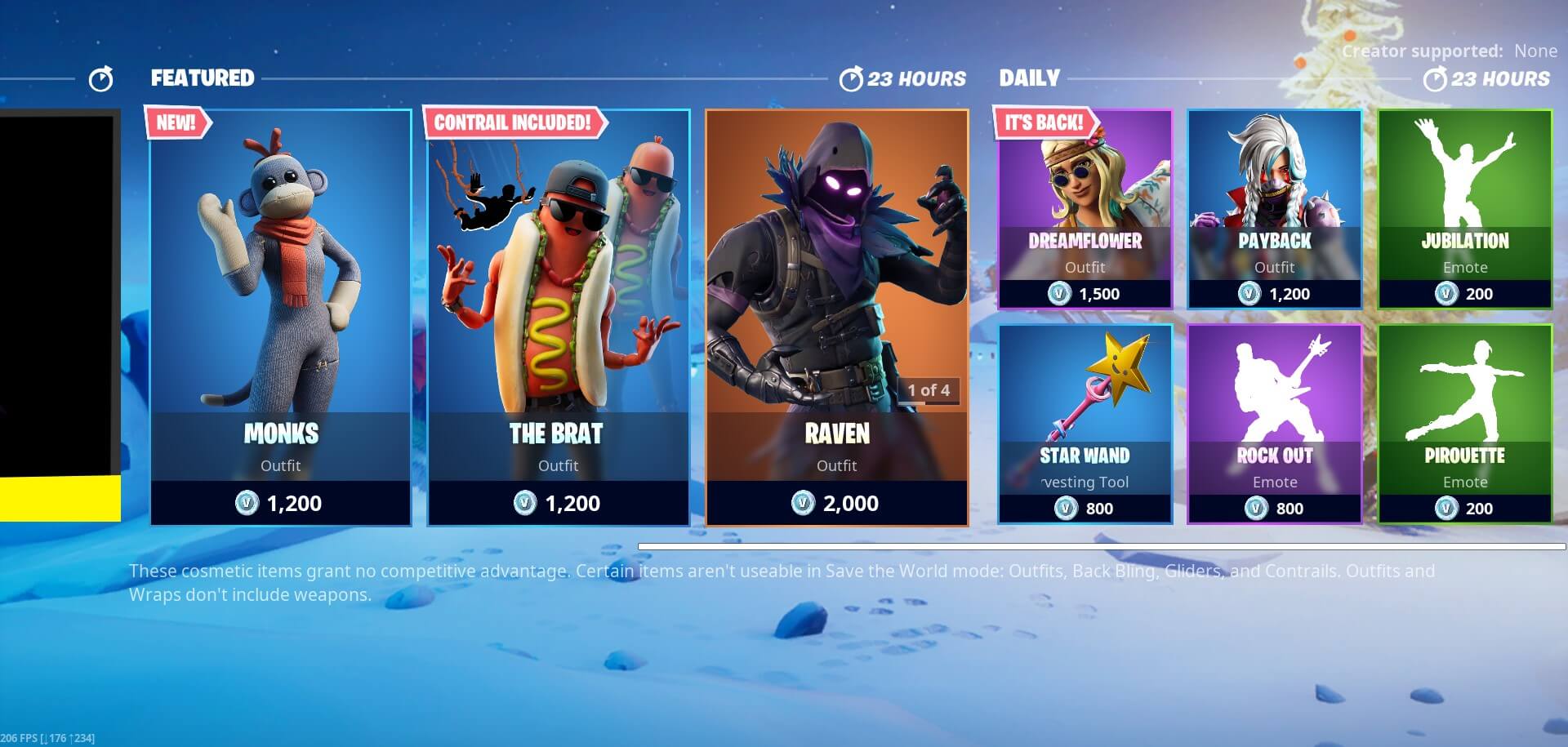
Tactic #7: Commitment and Consistency
What is it? Once people commit to something they are more likely to agree to do or say things that are in alignment with this stated belief.
How to Use It
- Ask for a “small yes” first: If someone has just signed your petition to get their cat fixed by five months, you can ask if they’ll make a donation to help pay for someone else’s kitten to also get spayed before the six month mark. Since they’ve just stated that they’re for the cause, they’ll be more likely to take action to stay in alignment.
- Strike while the iron is hot: Add a paid offer to your email signup thank you page. “People who sign up for our Tips for Organic Living newsletter often benefit from these organic gardening books.”
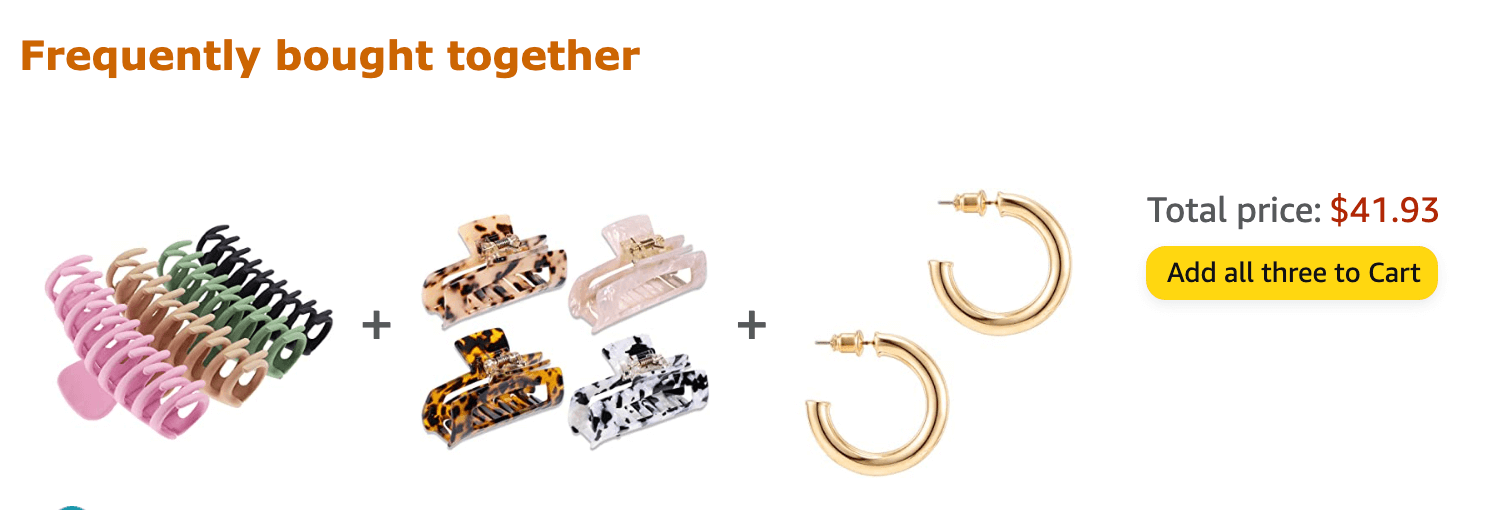
Tactic #8: Make it Rhyme
What is it? People are more likely to believe things that rhyme. Yes, this sounds crazy and you would never fall for it, but “an apple a day keeps the doctor away” and “if [the glove] doesn’t fit, you must acquit” would beg to differ!
How to use it:
- Find ways to make your key statements rhyme or at least have a good rhythm to it. The aesthetics of rhyming make things easier to remember, as well as more believable.
- Humour evokes positive emotions in your customers.
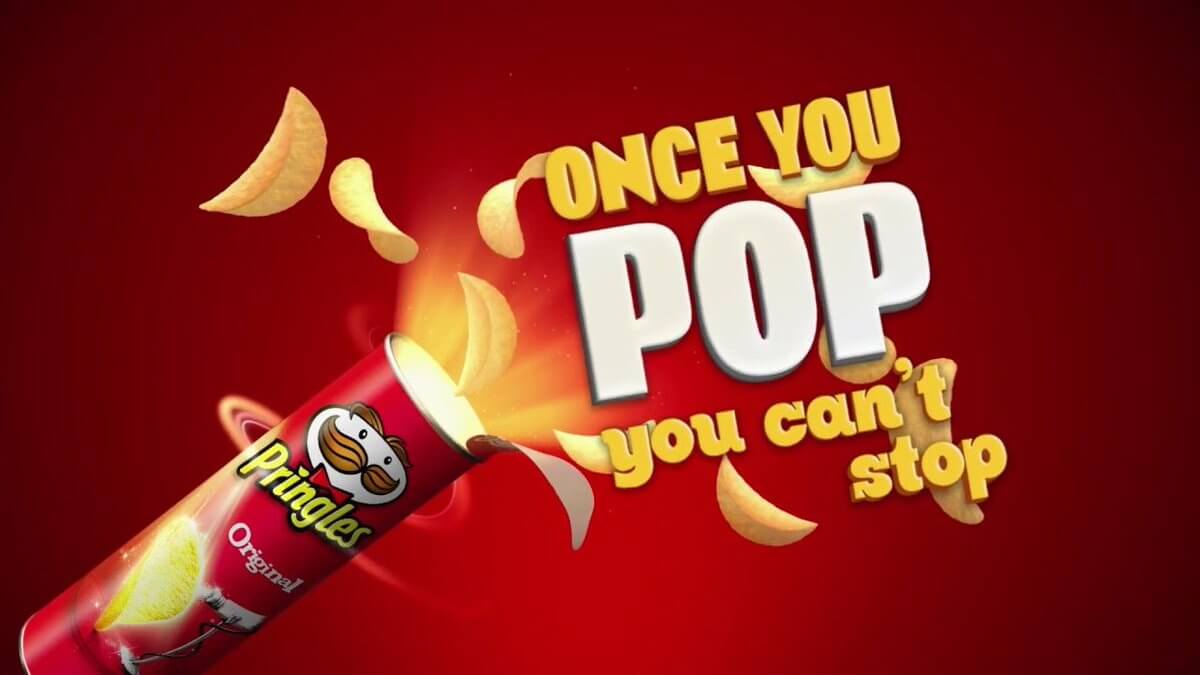
Tactic #9: Anchoring
What is it? Hearing (or seeing) a higher price (or even just a random number) can increase what we’re willing to pay.
How to Use It
- Lead with your most expensive option: Rather than start with a baseline model, start with your more robust, most expensive model. Even if people can’t afford that, it will make them much more comfortable buying the next most costly model.
- Use big numbers: Incredibly, just hearing or seeing big numbers can help price anchor people. In other words, announcing that “100,000 satisfied customers” does more than just offer social proof.

Tactic #10: Design
People are more likely to believe websites that are well-designed than ones that are poorly designed.
In a fascinating study, med students found a well-designed site with health information was more believable than a poorly designed one with the exact same information. In today's aesthetically conscious society, solid presentation = customer trust.
How to Use It
- Make sure your website is aesthetically pleasing to your ideal customer.
- Use high quality photos and video.
- Hire flyte to design your website… ?
Final Thoughts
While every tactic listed above might not be practical or applicable to your business or industry, these are battle-tested techniques marketers and sales-people have been using since one caveperson sold another caveperson a limited edition sabertooth fang. (Turns out he was right.)
Chances are that at least a few of these will help you capture more business, so there’s no harm in trying some out on your own website. For every day that passes where you don’t test out one of these tactics, you’re likely losing hundreds if not thousands of dollars. (See what we did there?)
Still need help implementing some of these strategies in your marketing? We’re happy to help you figure it out!



